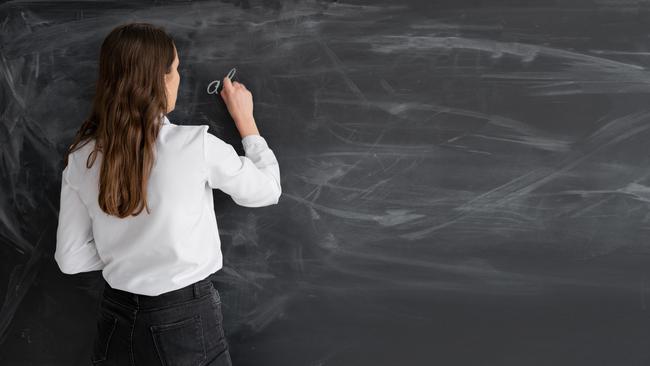
The problems are real, and it is wrong that parents should have to pay so much for a good education; it would obviously be preferable to have a high-quality public educational network such as the French lycée system in which I spent the first four years of my own schooling. But that is not going to happen in Australia; we are too resentful of excellence. Our education system, meanwhile, is dominated by bureaucrats and pseudo-academics with little idea of the real purpose of education.
Mediocrity starts with the abysmally low entry requirements for teacher training courses; individuals can be admitted with low ATARs. A report from the University of Sydney a few years ago showed that half the student intake into teaching degrees in NSW and the ACT in 2015 had ATARs below 50. Can we be surprised then if the performance of our schools in international rankings has been in steady decline in recent years? Or is it any wonder that the profession of teaching, so vital to a successful society, is no longer held in the high regard it once enjoyed?
But the poor quality of the intake is just part of the problem. Equally to blame is the training students get once they are admitted to teaching courses, which ostensibly emphasises techniques of teaching rather than subject content, and yet seems to leave young teachers unprepared for the realities of classroom management. And all of this is based on a body of academic theory that is in reality an intellectual pyramid scheme, in which each vacuous and jargon-ridden piece of writing cites 10 others of the same kind and quality.
Finally there is the educational bureaucracy. As school standards have declined, these bodies have relentlessly increased the demands they make on teachers, from tabulations of so-called educational “standards” to regular “professional development” and annual “professional reflection” forms – all of which are frustrating and distracting to good teachers and of course incapable of making the bad ones any better than they are. The fact that the increase in bureaucratic demands has coincided with an even more dramatic decline in educational outcomes should tell us something; but the response of the “academics” and the bureaucrats is always to do more of what doesn’t work.
The release of the draft of the new and purportedly “reformed” Visual Arts syllabus in NSW offers a case study of the fundamental obstacles that make reform impossible as long as the same people and institutions remain in charge. Reading the document made me think of those former communist states where old apparatchiks and their rebadged departments are still running governments that are now meant to be democratic.
The old Visual Art Syllabus in NSW was – still is – intellectually incoherent, empty of content and riddled with redundancies. One part of it made some sense: the so-called “conceptual framework”, of “artist”, “artwork”, “world” and “audience”, which draws our attention to the basic questions we can ask about any work of art – who made it, what it is, what environment it was made in, and who it was made for. These are useful prompts which can lead us to the main approaches to art history, whether formal, iconographical, biographical or sociological.
But then a second conceptual structure was superimposed on the first, the so-called “frames” – subjective, structural, cultural and post-modern. It is easy to see that the first three largely repeat the first three categories of the “conceptual framework”, thus resulting in intolerable redundancy and confusion; but it seems that the whole point of this second structure was to introduce the “postmodern frame”, which was always poorly understood and defined. Its introduction reflected the fashion for postmodernism 30 or 40 years ago, but it became an umbrella term for any kind of ideological posturing or work considered to “challenge conventions”, a favourite cliche of syllabus writers.
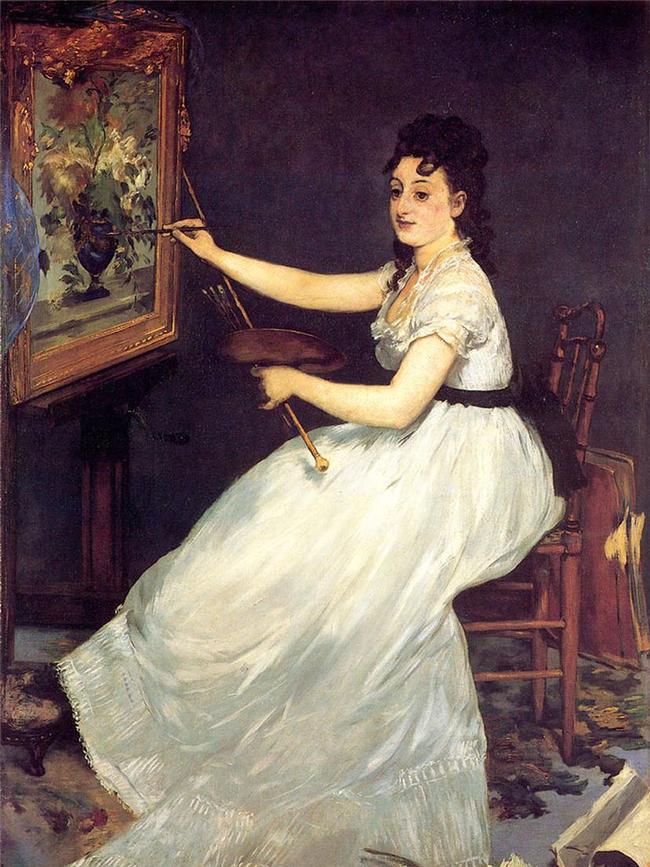
What reforms have been made to these guiding principles? Well, the label “conceptual framework” has now been replaced by “art concepts”, but the concepts in question are still artist, artwork, world and audience. The notorious “frames” are gone – or rather they have turned into “viewpoints”; and what are these viewpoints? They are subjective, structural and cultural as before, with “postmodern” now rebranded as “contemporary”. In other words, the new syllabus is essentially the old one with the most superficial new coat of paint imaginable, and no thought whatsoever about substance. If anything, as some others have already pointed out, the new syllabus is even more stripped of meaningful content than its predecessor. Typically, the document, which runs to 28 pages, is verbose, repetitious and obscure. But what is really striking is what it does not mention. Nowhere does it specify any skill or technique that is to be learned by pupils. Will they be taught to draw? To paint? To make collages? To produce linocuts or drypoints or etching? To carve wood, to model clay, weld metal or assemble materials into sculptures? To take photographs, learn darkroom processes, understand digital editing of images? Apparently they are to “make artworks about their world using a range of forms, materials, techniques and strategies.”
For that matter, what are they to learn about art history? There is no reference to studying the art of Antiquity, the Middle Ages, the Renaissance, the Baroque, Neoclassicism, Romanticism, Realism, Impressionism, etc.; or to learning about the arts of China or Japan, of India or of the Islamic world. There is no mention of being taught formal, technical and stylistic approaches to art, iconography, or sociological perspectives. The absence of these topics from the endless paragraphs of inane generalisations is made even more pointed by a few scattered footnotes that appear to take it for granted that pupils will mysteriously have learned content that is not stipulated in the course outlines.
But in effect – as Derrida might have said – the supplement gives the clue to the deconstruction of the whole text. Because this syllabus specifies nothing concrete, what children actually learn will depend on the quality of the school and the knowledge, ability and enthusiasm of the teacher. In a good school, with teachers who have practical skills in drawing and painting, and who have some degree of art-historical knowledge, pupils will learn something worthwhile; but if they are in an inferior school with unskilled and ignorant teachers, the outcome will be correspondingly poor.
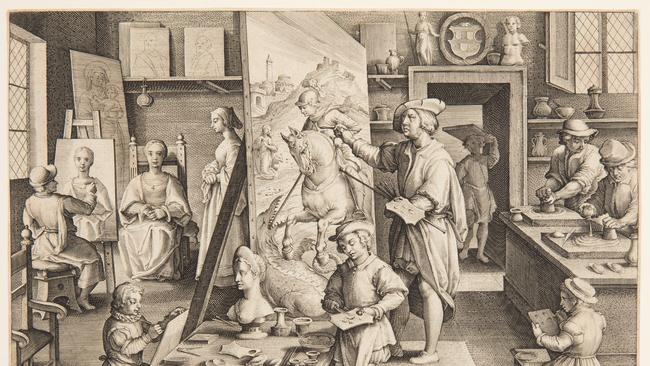
Pupils lucky enough to have a good teacher, one who actually knows about and loves the subject, will learn to appreciate the great art of other times and other cultures; those who are taught by creatures of this system will be encouraged to “use a contemporary point of view to challenge traditional conventions in different times and places.” Except, of course, if the conventions are those of Aboriginals and Torres Strait Islanders, whose “cultural expressions and traditions” are “rich and diverse”.
There are reasons to teach art in schools, although you wouldn’t know it from this document. The first is that making images of the world is an intellectual process that, pedagogically speaking, trains and develops specific parts of the brain, just as mathematics, music or languages train other parts. The greatest benefit comes from the study of drawing, the primary way that we can learn to give an account of the world of visual appearances. Learning to draw objects in perspective, to understand the difference between inherent form and appearance from a particular point of view and under specific light conditions, fosters not just technical skill but conceptual and ultimately philosophic insight.
Drawing therefore should be the foundation of art courses, and the various studio techniques of painting in different media, modelling and carving, wheel-throwing, etc., should all be taught with the same primary emphasis on the mastery of technical skill, for it is only from practice that anything more intimate or personal will arise. Art does not start with “concepts” which are then illustrated or encoded in visual form; it starts with intuitions that arise from practice itself.
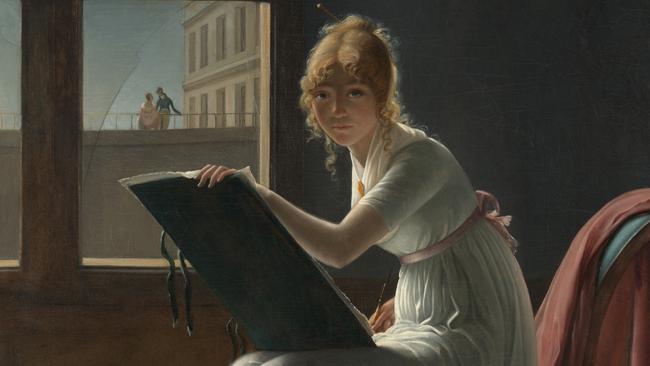
The reason for studying art history is above all to give pupils access to the great art of the past and of other cultures, just as we seek to give them access to great literature and music; in understanding the artistic expression of other people in other ages, we acquire a broader understanding of what it is to be human, under different historical and social circumstances. At the same time a knowledge of art history informs whatever practice we are engaged in today, and vice versa.
Sadly, the syllabus covers none of this.
Instead of equipping pupils with any tangible artistic skills or knowledge of art history, it encourages them to “adopt the role of an artist”. This is not only a laughable suggestion, but a complete inversion of the real rationale for studying art. It is precisely not to become an artist, but rather to benefit from the intellectual and cultural growth that learning specific technical skills and well-informed art history and criticism can offer us. As Plato said, we do not teach boys music to make them into professional performers, but because of its pedagogical and moral value, and the way it imbues the soul with harmony.
These values have been largely forgotten by our educational establishment, and this is why education is in the state it is in Australia. And, of course, ultimately this is a political matter; allowing students with appallingly low ATARs into the teaching profession, as already mentioned, has helped to undermine the social standing of teachers; what was once a vehicle for gifted working-class men and women to rise into the middle class has now become a refuge for the least able.
And the failure of syllabuses to set serious standards and stipulate substantial content, and their encouragement instead of vacuous jargon and smug politically fashionable posturing, ultimately betray the less-advantaged. Selective schools and wealthy private schools will continue to offer quality teaching because they will do more and better, while the inferior ones will plod through the dross. The pupils of the good schools will learn, while those in the bad ones will not have that chance; a well-designed school system, and good syllabuses, should foster equality by demanding high standards of all pupils. A mediocre system leaves inequality as it is.


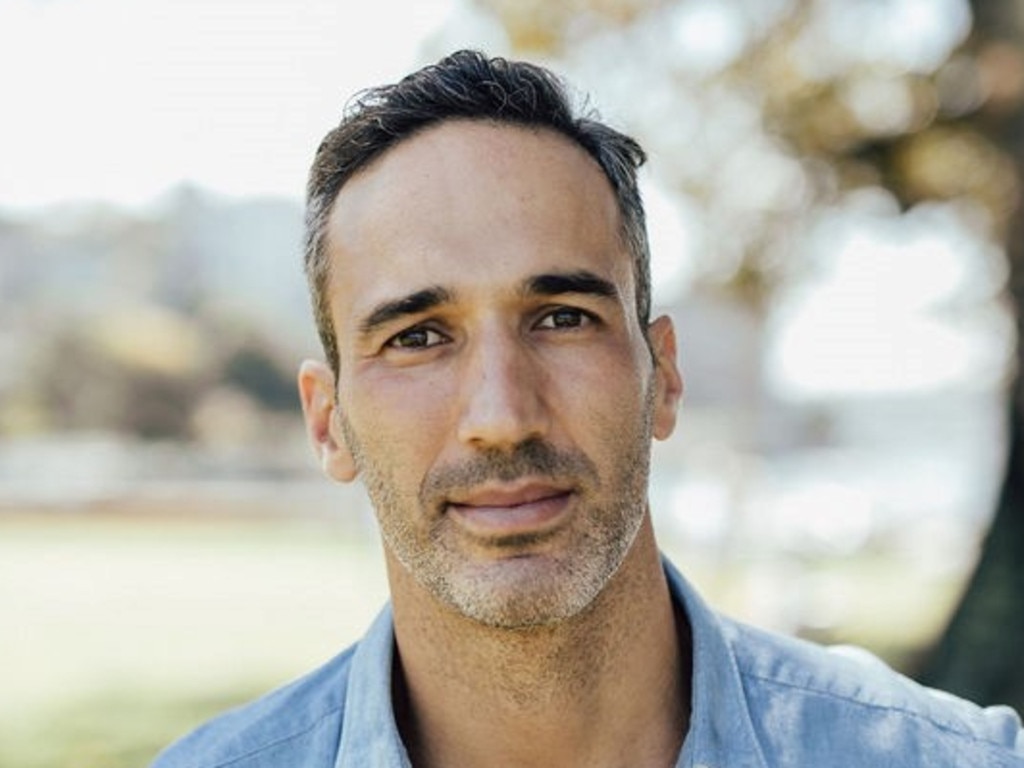




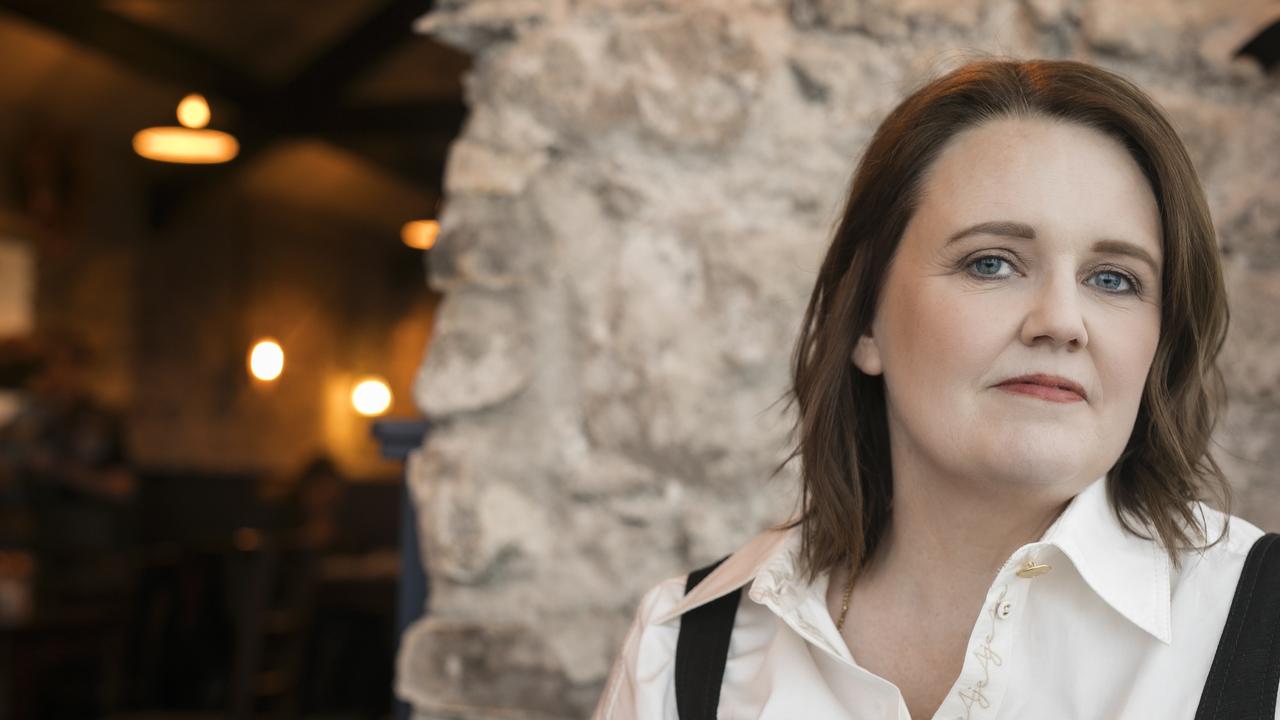
Problems with the Australian school system are a favourite topic for our newspapers, especially around the time of the final examinations for school leavers. The Sydney Morning Herald in particular publishes the notorious leagues tables on which many parents rely in making school choices, but at the same time loves to expose scandals and extravagant spending at big private schools and regularly gives a forum to writers demanding an end to funding for private education.